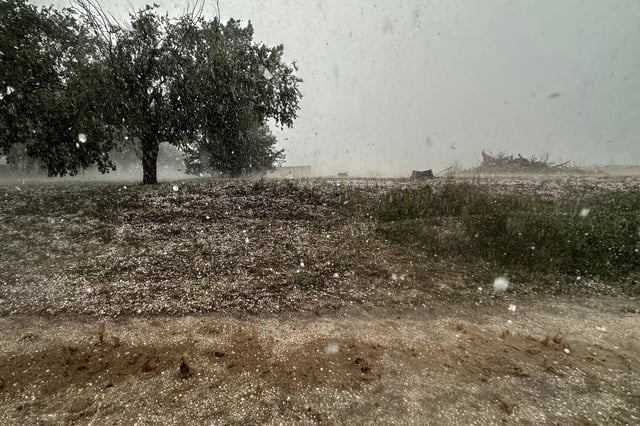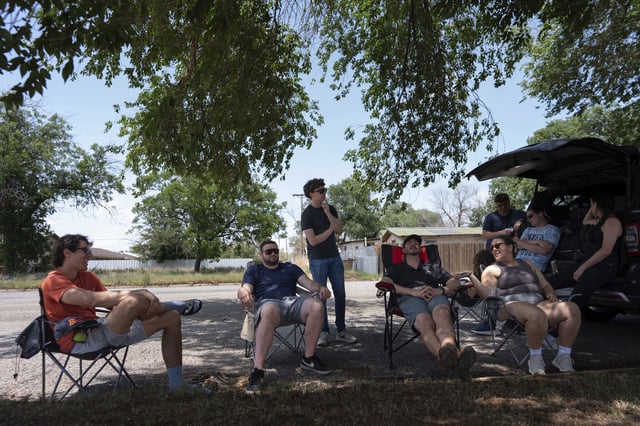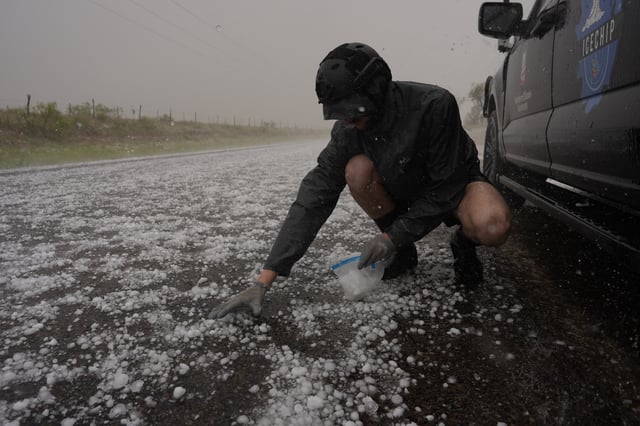Overview
- Since May 18, the ICECHIP team has tracked severe hailstorms across the Great Plains, covering over 5,700 miles in fortified vehicles to gather direct storm data.
- Field data gathered on June 6 in Texas reveal that the largest hail falls outside the areas indicated by Doppler radar, exposing key forecasting blind spots.
- Researchers deploy weather balloons, drones, specialized funnels and crushers to measure hailstone size, composition and impact strength.
- One scientist sustained a hand injury when a hailstone struck his glove during a storm, highlighting the operation’s inherent dangers.
- Funded by an $11 million National Science Foundation grant, the project seeks to refine forecasts and inform development of more hail-resistant roofing materials to mitigate the $10 billion in annual U.S. hail damages.



